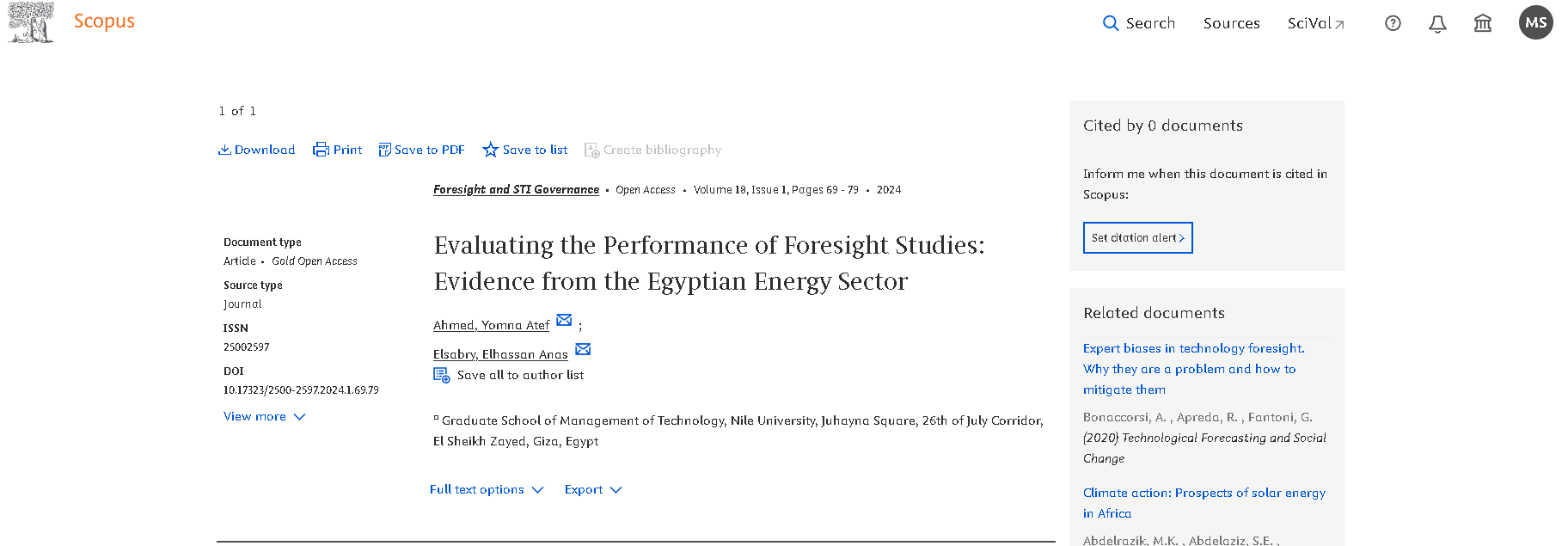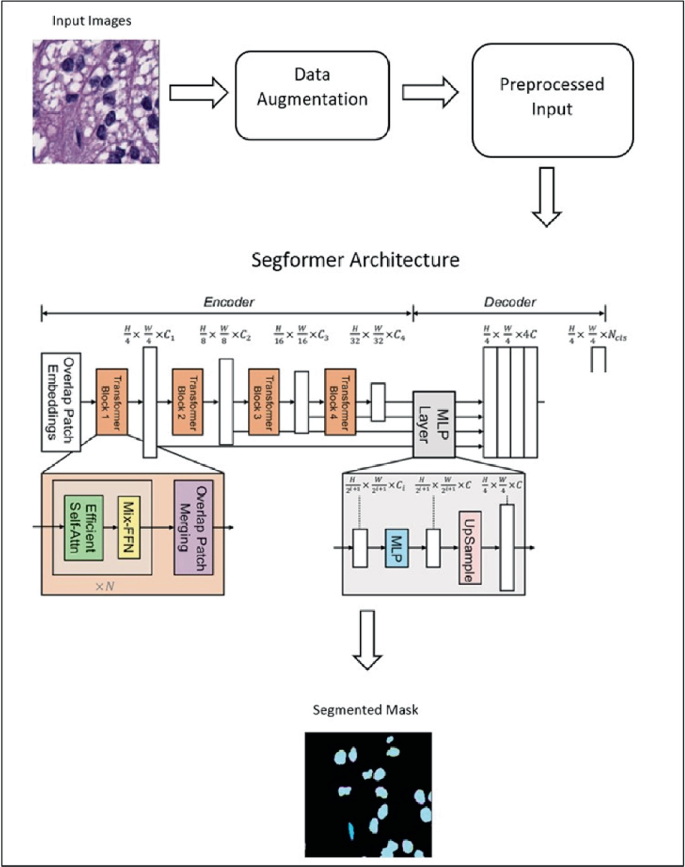
Microbial acetylcholinesterase inhibitors for Alzheimer’s therapy: recent trends on extraction, detection, irradiation-assisted production improvement and nano-structured drug delivery
Abstract: Neurodegenerative disorders especially Alzheimer’s disease (AD) are significantly threatening the public health. Acetylcholinesterase (AChE) inhibitors are compounds of great interest which can be used as effective agents for the symptomatic treatment of AD. Although plants are considered the largest source for these types of inhibitors, the microbial production of AChE inhibitors represents an efficient, easily manipulated, eco-friendly, cost-effective, and alternative approach. This review highlights the recent advances on the microbial production of AChE inhibitors and summarizes all the previously reported successful studies on isolation, screening, extraction, and detecting methodologies of AChE inhibitors from the microbial fermentation, from the earliest trials to the most promising anti-AD drug, huperzine A (HupA). In addition, improvement strategies for maximizing the industrial production of AChE inhibitors by microbes will be discussed. Finally, the promising applications of nano-material-based drug delivery systems for natural AChE inhibitor (HupA) will also be summarized. Key Points: • AChE inhibitors are potential therapies for Alzheimer’s disease. • Microorganisms as alternate sources for prospective production of such inhibitors. • Research advances on extraction, detection, and strategies for production improvement. • Nanotechnology-based approaches for an effective drug delivery for Alzheimer’s disease. © 2020, Springer-Verlag GmbH Germany, part of Springer Nature.



